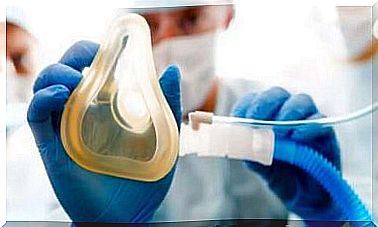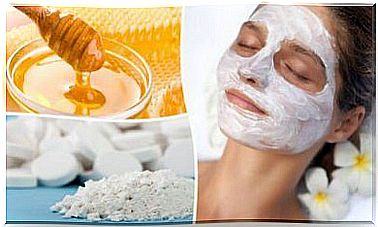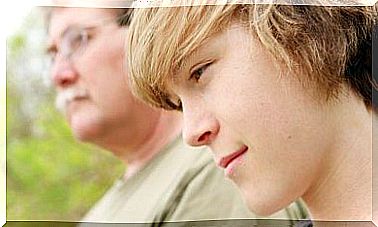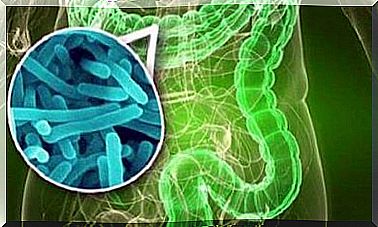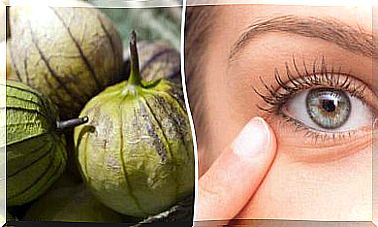Hydrogen Peroxide – Find Out About Its Many Uses!

Hydrogen peroxide is a chemical compound in the form of a liquid, slightly more viscous than water, known for its properties – as the name suggests – oxidizing and disinfecting. It is the basic element of every first aid kit, which we use to disinfect wounds and prevent infections or infections.
However, it turns out that hydrogen peroxide is much more than just a disinfectant – be sure to read on and learn about its many uses.
Hydrogen peroxide and its applications
Compared to water, i.e. H2O, hydrogen peroxide has one additional oxygen atom. It is a product available in every pharmacy and we cannot imagine that it will also be missing in our home first aid kit. Hydrogen peroxide should always be at hand in case of skin damage, cuts, scratches or other injury.
However, the disinfecting properties of this product can also be used in many other situations. Below you will find a complete list of hydrogen peroxide uses for your health, beauty and household needs.
A remedy for acne

Hydrogen peroxide can be used as a home remedy to cleanse the skin and fight its imperfections. To use its properties, follow these steps:
- Wash your face thoroughly with lukewarm water and a mild soap (suitable for the face).
- Moisten a cotton swab or cotton bud with hydrogen peroxide, and then rub directly into each pimple, blackhead or pimple.
- Hydrogen peroxide can dry out and irritate the skin, so it should not be used on the entire surface of the face, but only directly on imperfections or acne.
A way to deal with mycosis
If you struggle with unpleasant foot odor caused by fungal infections of the skin or nails, you can use hydrogen peroxide to fight these harmful microorganisms and the accompanying bothersome and embarrassing fears.
Prepare a foot bath in warm water with hydrogen peroxide. Soak your feet for about 20 minutes (until the water cools down). It will not only help you deal with athlete’s foot, but also protect you from skin infections.
Bleaching clothes
We can also take advantage of the properties of hydrogen peroxide when performing various household duties – such as washing clothes. If an item of your garment requires effective bleaching or stain removal, use hydrogen peroxide to remove any yellowed deodorant stains or traces of blood.
It is enough to pour the stain with hydrogen peroxide, leave it for 10 minutes, and then rub it with a brush, just before the standard washing.
Disinfection of fruits and vegetables
Many people use apple cider vinegar to disinfect fruits and vegetables – hydrogen peroxide is an excellent alternative, also devoid of intense smell.
- Add 3/4 cup of hydrogen peroxide to the sink and top it up with warm water.
- Dip the fruit and vegetables in the water, and then wash their skin.
- Attention! This method should not be used with mushrooms. However, you can wipe them with a clean cloth dampened with hydrogen peroxide.
Home remedy for colds
As you know very well, hydrogen peroxide is a product commonly used to fight harmful microorganisms. No wonder that its properties can also be used to fight cold symptoms, such as a sore throat or a stuffy nose.
- Mix hydrogen peroxide with warm water in a 1: 1 ratio.
- Use this mixture to gargle.
- Attention! Do not swallow this mixture as it can cause stomach pain.
- It is an excellent preventive measure for flu, runny nose, colds or sinusitis.
Hydrogen peroxide for oral health
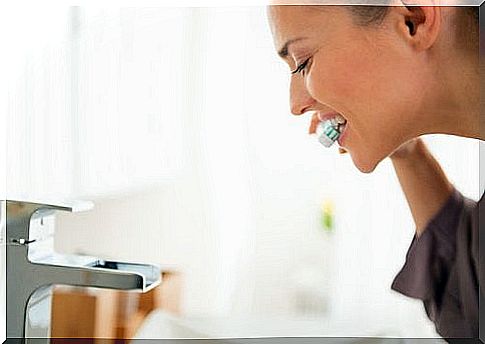
Hydrogen peroxide can be used to disinfect the mouth and remove harmful bacteria and other microorganisms that develop symptoms such as bad breath or even ulceration.
The properties of this product also allow you to remove tooth discoloration caused by drinking coffee, alcohol, smoking or improper daily oral hygiene.
- Mix a tablespoon of water with a tablespoon of hydrogen peroxide and use this mixture as a mouthwash.
- Rinse mouth thoroughly and spit it out.
- To remove discoloration, you can also use an ear stick soaked in this mixture.
- Hydrogen peroxide with baking soda is a great patent for homemade toothpaste.
Cleaning with hydrogen peroxide
Hydrogen peroxide is not only a way to clean the oral cavity or remove stains from clothes, but also a great support in the daily cleaning of the kitchen, bathroom or any other place in your home. Make a mixture of hydrogen peroxide and water and pour it into a spray bottle.
Always have it at hand as it is a great replacement for many commercial cleaning products. Interestingly, it is a much safer alternative to the environment and your health.
- Add hydrogen peroxide to your washing-up liquid or pour it into the dishwasher to make your dishes shine.
- Also use it for cleaning floors, disinfecting bedding, pet beds, curtains and many other surfaces. The easiest way is to use the aforementioned spray bottle.
- Cleaning a toilet has never been easier! Pour half a cup of hydrogen peroxide into the toilet and wait 20 minutes. After this time, scrub the surface thoroughly and rinse the water.
- The same goes for mold and sludge in the shower or in the bathtub. Spray the area with a mixture of hydrogen peroxide and water, and then wipe it with a sponge or paper towel.
Support for the home garden
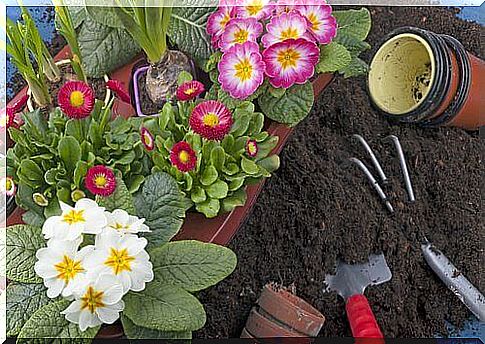
Mix hydrogen peroxide with water in a ratio of 1:32, and you will have a great medicine for … your flowers and plants. You can also make a mixture of 2 tablespoons of hydrogen peroxide per liter of water and spray it on the leaves to fight fungi and other pests.
Another way is to water the flowers with 4 liters of hydrogen per liter of hydrogen peroxide, which will nourish them from the roots and prevent them from rotting.
Other uses of hydrogen peroxide? Here you are!
In addition to the methods described above, there are several other uses for hydrogen peroxide. Here they are:
- lightening the hair
- removing unpleasant odors from the refrigerator
- decontamination of children’s toys
- cleaning mirrors
- removing food residues from dishes and kitchen equipment
- decontamination of contact lenses
- cleaning the ears
- cleaning surfaces such as countertops and tables

